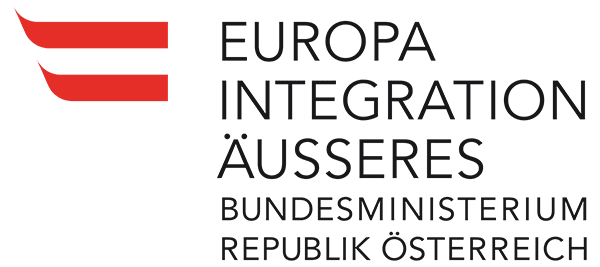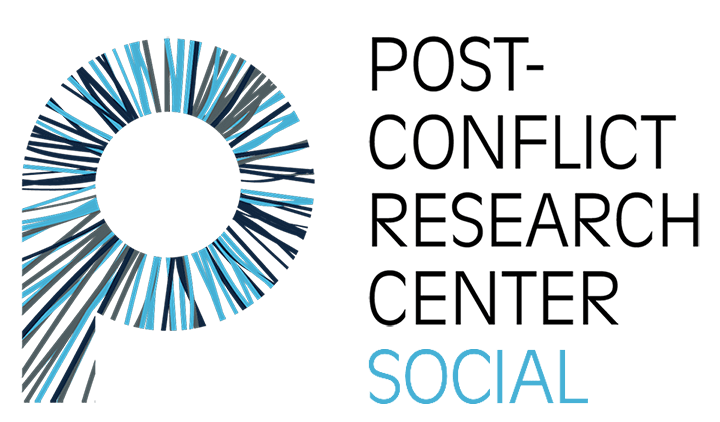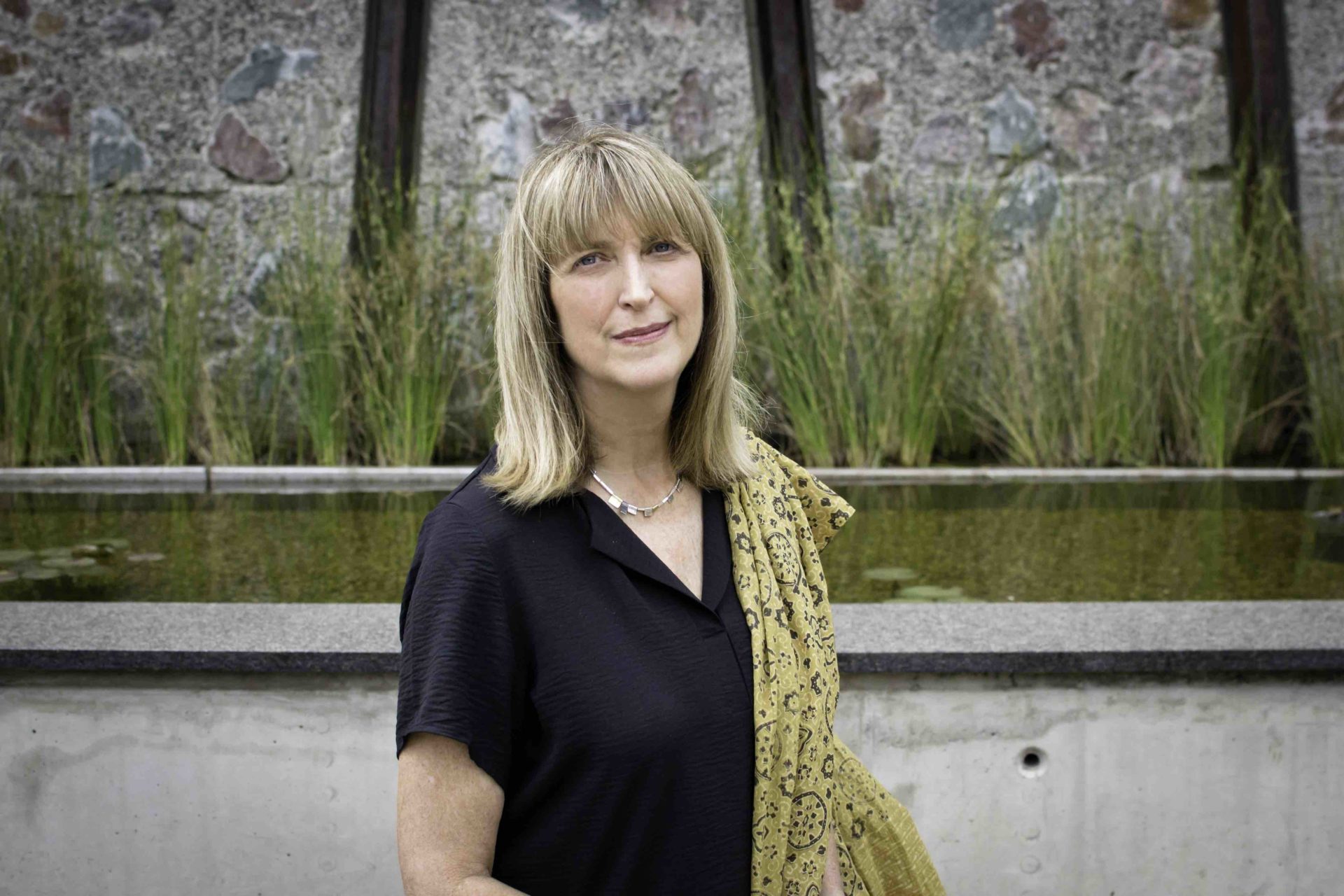
To understand mass atrocities in a global historical context, it is essential to draw connections between them. This encourages critical thinking, generates constructive knowledge, and furthers our general understanding of these events and what can be learned from them. Tali Nates, the founder and director of the Johannesburg Holocaust & Genocide Center in South Africa, advocates this approach.
Nates, a historian and the daughter of Holocaust survivors, works in the field of genocide prevention, reconciliation, human rights, and Holocaust and genocide education. Together with the Genocide Memorial Center in Kigali and other affiliates, she has spent eight years developing a global educational initiative aimed at empowering young people to become leaders who actively promote social change by learning from history.
Nates has twice attended the commemoration of the Srebrenica genocide, participating in educational programs and conferences, speaking about the importance of commemoration and education, and sharing her expertise.
During the 29th anniversary commemoration in 2024, Nates noted that being in Srebrenica holds both personal and professional significance, as she seeks to honor the genocide victims of the genocide and represent the Johannesburg Holocaust & Genocide Center (JHGC).

“I see it as a real act of solidarity to be here, as I think it is important for activists from memorial sites around the world to be there for our colleagues and for the survivors,” Nates explained. She added that places like Srebrenica, Kigali, Armenia, and Cambodia are sites of learning, providing visitors with opportunities to hear from survivors and gain insights from local and international researchers.
At the fifth Srebrenica Youth School, organized by the Post-Conflict Research Center (PCRC) and the Srebrenica Memorial Center, Nates delivered a lecture to participants. She spoke about the legacy of apartheid, the Holocaust, and the need for reflection and education about other mass atrocities.
Recognizing Victims’ Humanity and the Agency of Perpetrators
Nates described ongoing research at the Johannesburg Holocaust & Genocide Center, which focuses on the events of the 1990s in Bosnia and Herzegovina, Rwanda, and South Africa side by side. The research examines the historical and political contexts—including colonialism, independence, communism, and other factors—and asks questions about what happened in the 1990s in these three societies. It explores what can be learned from the disintegration of societies where people turn against each other, and where mass killing and atrocities come to be seen not just as viable but, in some cases, the only option—as happened during the Holocaust, in Rwanda, and in Srebrenica.
The results of this research will be an integral part of the Center’s next exhibition, which will also emphasize the humanity of the victims through remembering the lives lost.
“It is very tempting, when you speak about atrocities or genocide, to speak about the killing, without remembering that these are human beings who had their own lives. We need to concentrate on their lives, not only on the perpetrators’ view of them as ‘the other’ that must die,” said Nates.
She explained that this also applies to representations of perpetrators, who do not commit genocide in a vacuum and are also human actors.
“Recognizing that the decision to kill is a choice made with human agency is a necessary step in understanding the conditions under which humans make this decision. It’s important to understand how perpetrators think, how they come to think that the world will be better without the ‘other.’ That reasoning helps the perpetrator commit acts that they never did before and they will never do after, but they do during those months or years of genocide,” explained Nates.
The Center’s work also seeks to highlight the complex dynamics and decisions made by human agents during mass atrocities, and to move beyond the simplistic, binary depictions of ‘saviors’ and ‘collaborators.’
“Genocide is all about choices. Sometimes people move from one choice to another. Sometimes a killer will save, or a savior will kill. Sometimes there are grey areas. It was important for us to examine human behaviour in our exhibition. That’s what we focus on throughout our education programs, projects, conferences, films, discussions, and more,” Nates added.
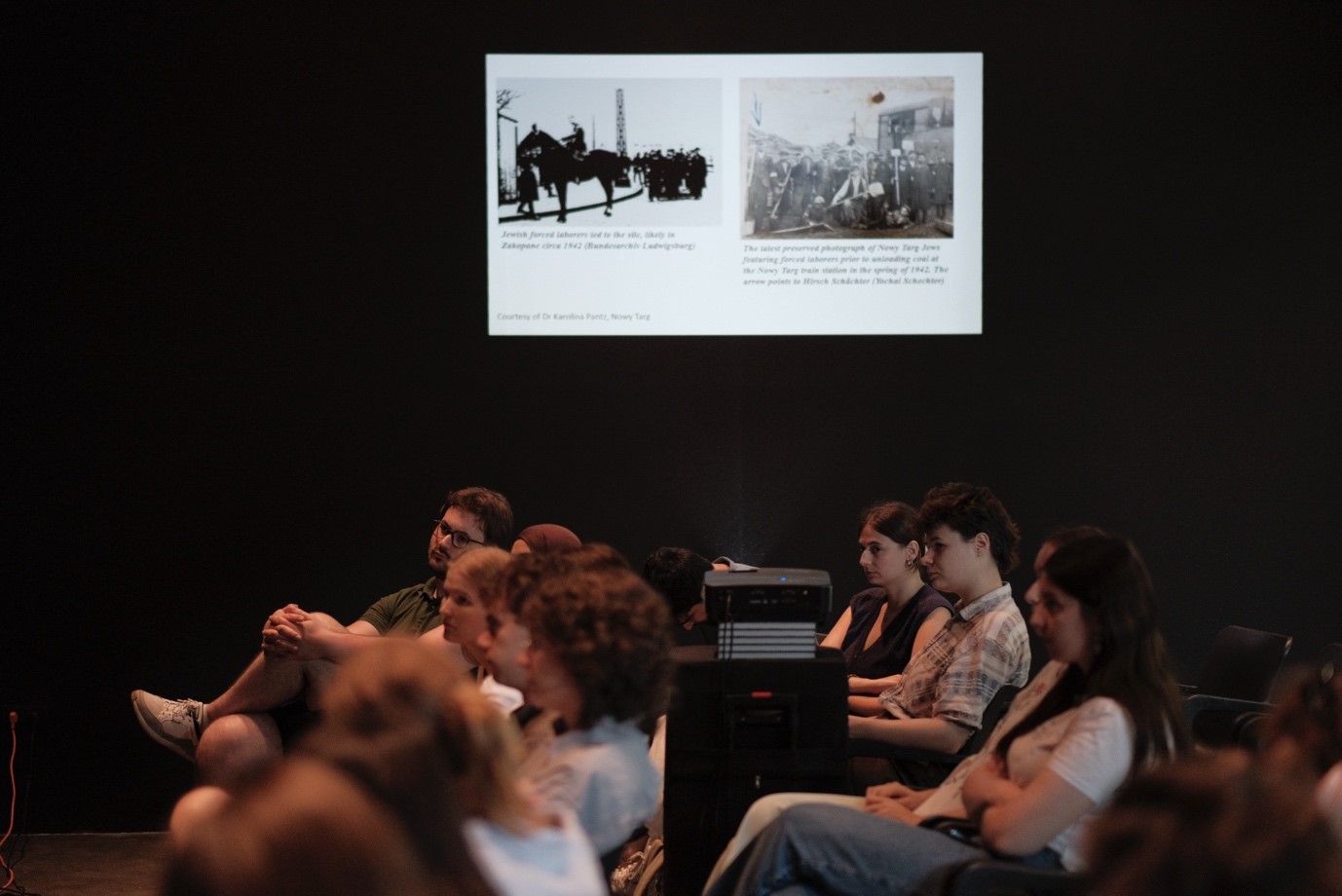
She emphasized the importance of survivors, teachers, curators, and academics in the field in conveying information, stories, and perspectives. She often asks them questions, such as ‘What would you like to see?’ ‘What would you like to learn?’ ‘What symbol would you like to be represented?’
Three years ago, she brought the knowledge she gained during her visit to Srebrenica back to South Africa, contributing to a temporary exhibition on Bosnia and Herzegovina that opened at the Center in August 2024. As a space of memory, the exhibition highlights connections between instances of mass atrocities and fosters a network of global understanding, empathy, and solidarity between and beyond the societies affected. The late Paul Lowe, a friend and colleague, contributed his iconic photographs to this exhibition.
Critically Studying Mass Atrocities and Genocide
Nates asserts that failing to acknowledge mass atrocities—whether recognized as genocides or not—risks missing important lessons about how and when such events occur. When asked why the International Criminal Tribunal for the former Yugoslavia classified the massacre in Srebrenica as genocide but did not apply the same designation to other atrocities, she replied that this is a political issue, and one that can be seen beyond the former Yugoslav context. Nates pointed to the example of the Democratic Republic of the Congo (DRC), formerly Zaire, asking why the war that killed millions of people was not labeled as genocide. The reason, she argues, is the absence of intent in the narrative of the ruling powers, who are motivated by power, greed and other drivers.
Nates sees enormous value in studying of all mass atrocities, regardless of classification. “If you look at the DRC and the history of the DRC compared to the history of Srebrenica or compared to the history of Rwanda, you can identify the turning points that determine what is genocide and what is not, and identify warning points too” she noted.
She also stressed the terrible nature of the crimes committed in Sierra Leone and the DRC. “It is horrific. It is rape. It is torture. It is killing. It is displacement. It is beyond description and it needs to be stopped,” Nates asserted.
She believes it is crucial to discuss these crimes alongside those recognized as genocide by the United Nations, which are relatively few in number. “If we fail to examine these cases side by side, we will miss the broader lessons,” said Nates.
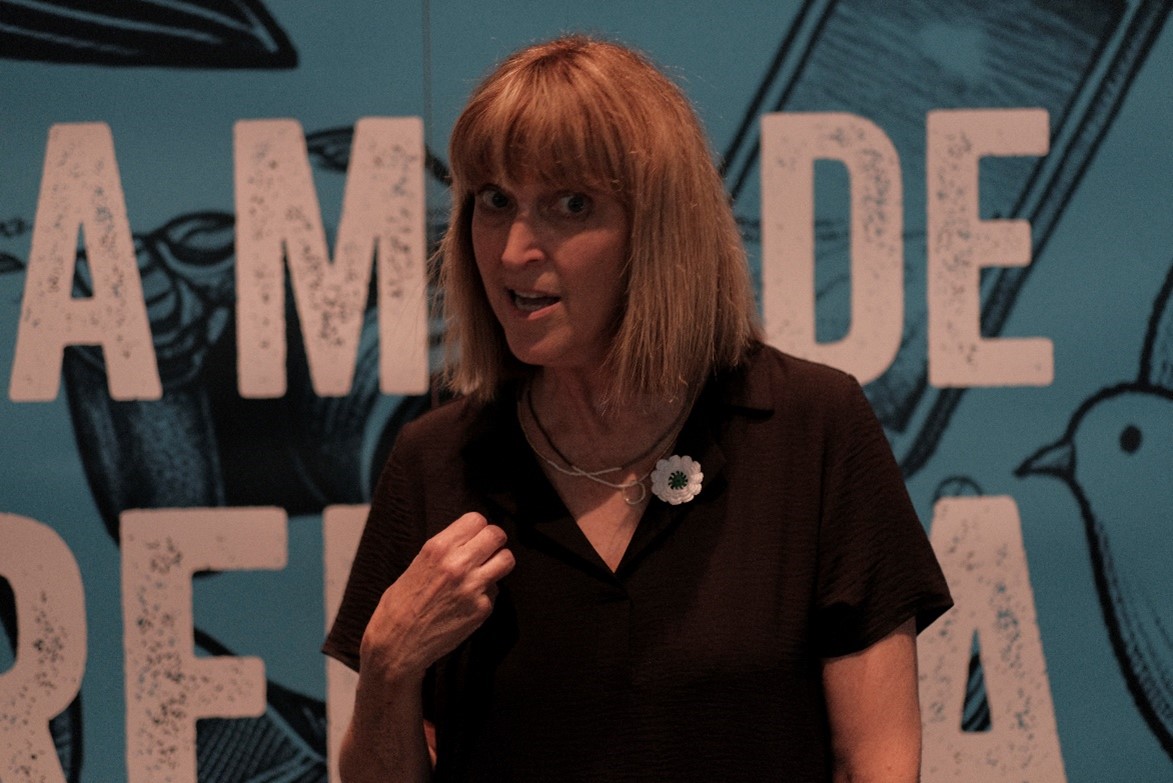
Speaking about the roots of genocide, she argued that it begins when the possibility of killing is normalized—often in societies where the intent to destroy is facilitated by non-democratic systems.
“It happens when society fails, when societies do not value humanity or human lives. They prioritize ideology, like national socialism in Germany, Hutu power in Rwanda, apartheid in South Africa, or nationalism in the former Yugoslavia,” she explained.
Nates also discussed the different outcomes in societies emerging from conflict, comparing South Africa’s approach to transitional justice with the practices of international criminal tribunals for the former Yugoslavia and Rwanda, as well as Rwanda’s gacaca courts. She explained that South Africa followed a unique path, and even though hundreds of thousands of people were killed, the country’s leadership pursued a peaceful resolution. This democratic process enabled transitional justice through the Truth and Reconciliation Commission.
Addressing South Africa’s Complex Heritage
Nates emphasized that every society undergoes its own unique process of coming to terms with its past after a conflict. She reflected on these challenges in South Africa, where although apartheid is discussed in classrooms and museums, many young people question the relevance of talking about events that took place before they were born and are uninterested in these discussions.
She noted that certain aspects of South Africa’s history are particularly challenging to confront.
“From 1916 to 1990, we can say South Africa was a colonial power of South West Africa, today’s Namibia. South Africa took over from Germany. We speak about Germany’s role in the Herero and Nama genocide. We do not speak about South Africa and its role in implementing apartheid in Namibia and ruling it for more than 70 years,” Nates explained, adding that such selective memory also influences the discussions of other crimes.
Although South Africa has entered its 31st year of democracy, Nates describes this democracy as fragile, as for example immigrants, asylum seekers, and refugees are frequently targeted and killed in xenophobic attacks. She also highlights that South Africa continues to struggle with deep-rooted discrimination against the Khoisan people, the original inhabitants of the land before the arrival of other groups and colonial powers.
Nates points out that historical amnesia in South Africa is deeply connected to the lingering legacy of colonialism and apartheid. She argues that apartheid is still very much alive, along with the pain and trauma it caused. South Africa, she adds, has not yet fully come to terms with the truths of its past, and many still struggle with numerous injustices.
“We want a lovely outcome, to see ourselves as a ‘rainbow nation,’ as our beloved Archbishop Desmond Tutu said, but we want it without doing the work. And the work is hard, the work of facing the trauma is hard. We need to stay and acknowledge the trauma, and we need to work with the past traumas. We cannot rush and simply say, ‘Everything is all right now,’” Nates said, emphasizing that healing and reconciliation require confronting these painful things, not avoiding them.
“We need to be able to say: In my name, as a South African, people were put in concentration camps in 1899. In my name, as a South African, there was apartheid not only in South Africa but also in Windhoek and all around Namibia. In my name, as a South African, people died by apartheid perpetrators that killed children, babies, and women, tortured and put people in prison. In my name, as a South African, people are still dying now due to xenophobic violence against those from Nigeria and Zimbabwe for example,” Nates asserted.
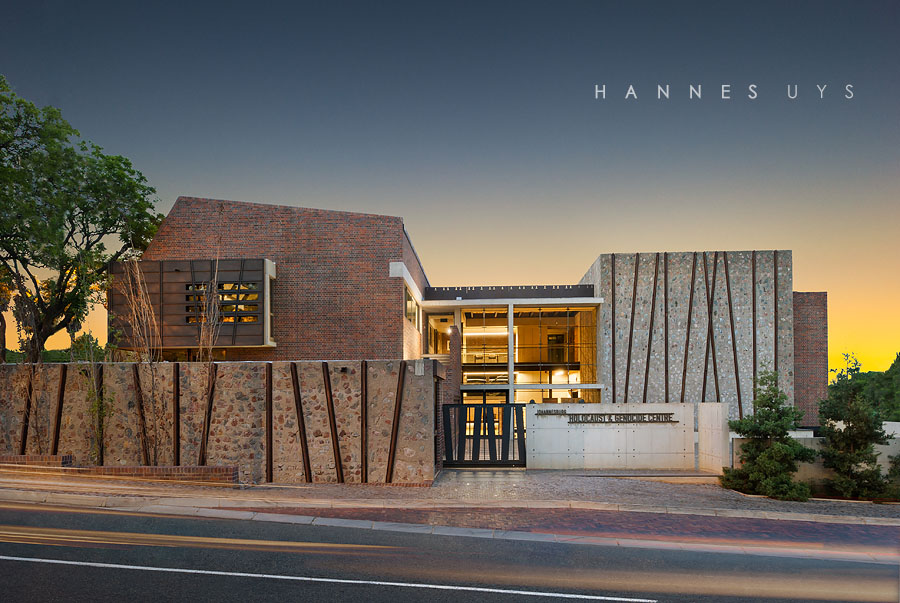
Grassroots Efforts and Youth Engagement in Reconciliation
Nates believes that successful post-conflict transitions must be driven both from the top-down and by bottom-up grassroots initiatives. While governments play a key role through educational curricula and policy, local efforts are equally important. These include memorials, museums, education, civil society, experiential learning, discussions, writing, media, interviews, and the arts.
“It’s important not to silence voices but to allow dialogue to take place, enabling us to listen to each other, even when the conversation is difficult,” Nates said. However, she is concerned that spaces for dialogue are shrinking, not just in South Africa, but globally.
Nates finds hope in observing the critical thinking that emerges when people ask how they can learn from the past, and she is particularly encouraged by the creativity and engagement of the younger generation. Acknowledging the challenges of the present, she reflected that although we are not yet where we should be, working with young people at the grassroots level gives her optimism about a better future.
Nates and her colleagues and partners in South Africa and Rwanda work to educate youth and thought leaders across Africa through the “Change Makers program” (CMP), which was evaluated by two universities in Pretoria (SA) and Leeds (UK). The initiative aims to inspire young leaders to resist extremism and become active leaders of change.
In addition to her work at the Johannesburg Holocaust & Genocide Center, including the CMP which was launched in 13 African countries, Nates engages in activism and research on genocide and mass atrocities, and delivers lectures on reconciliation, human rights, genocide, and the Holocaust. She is also the author of several works, namely Remembering the Holocaust in Educational Settings (2018), Conceptualizing Mass Violence: Representations, Recollections, and Reinterpretations (2021) and The Routledge Handbook of Memory Activism (2023).




